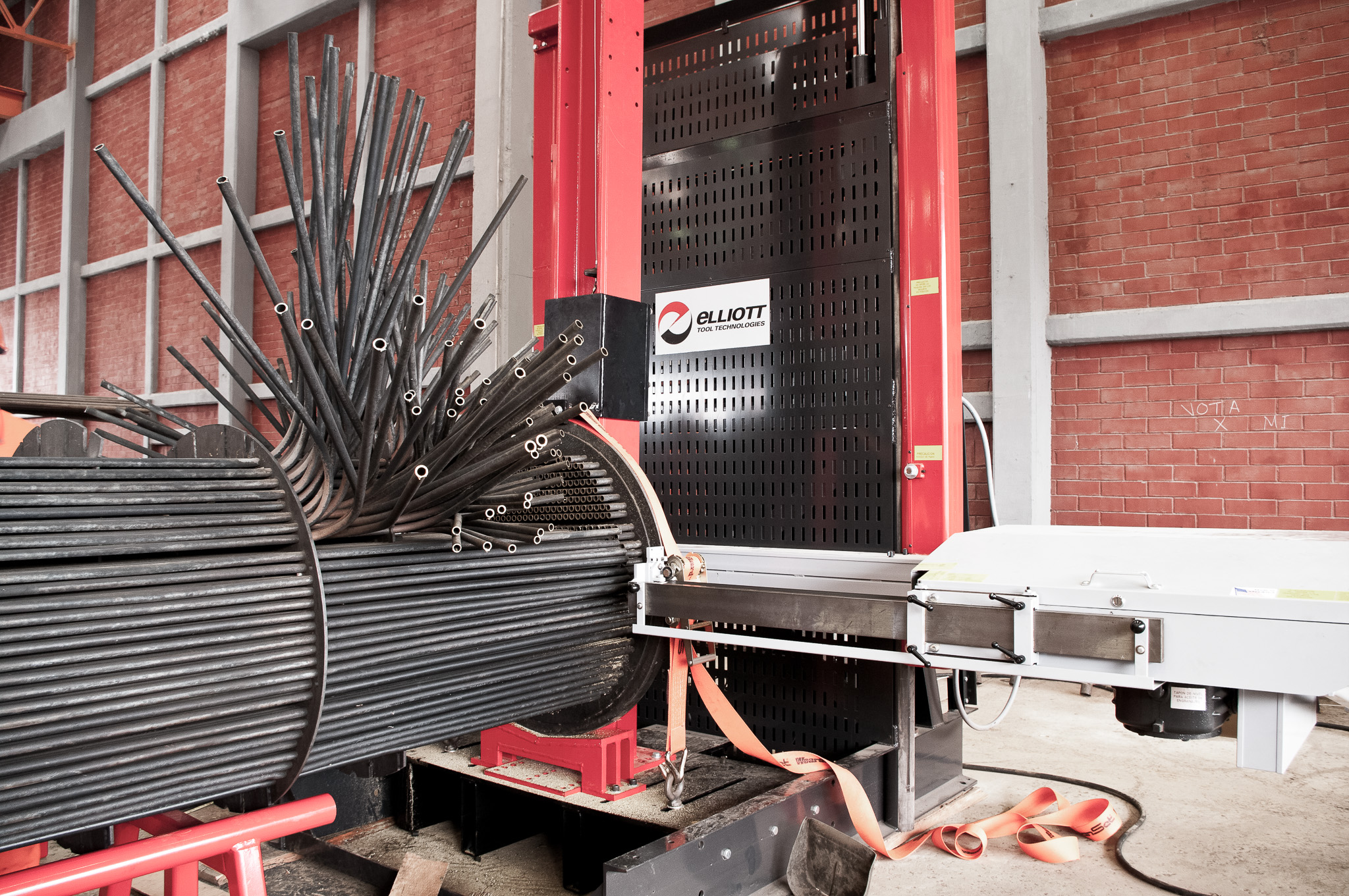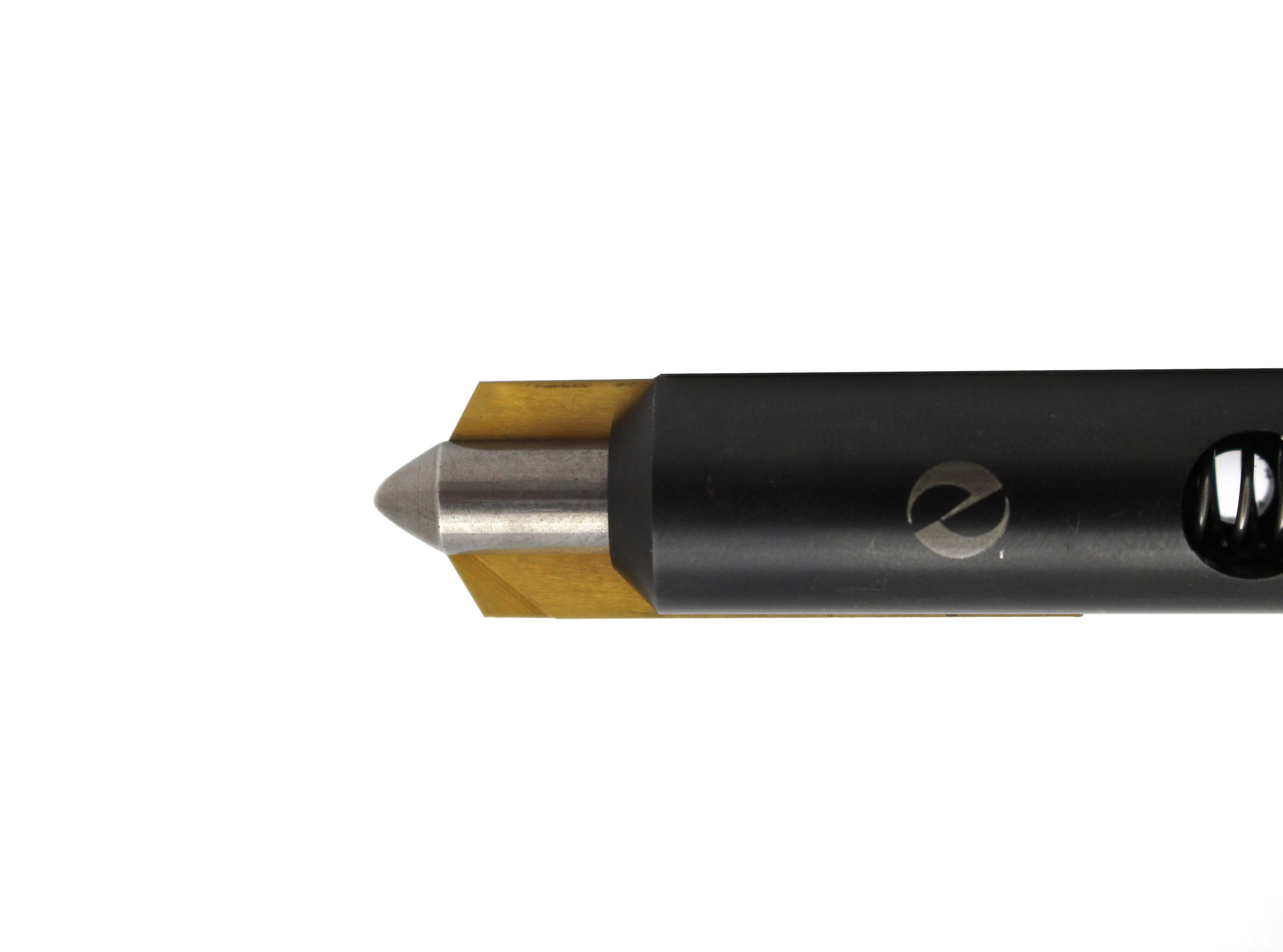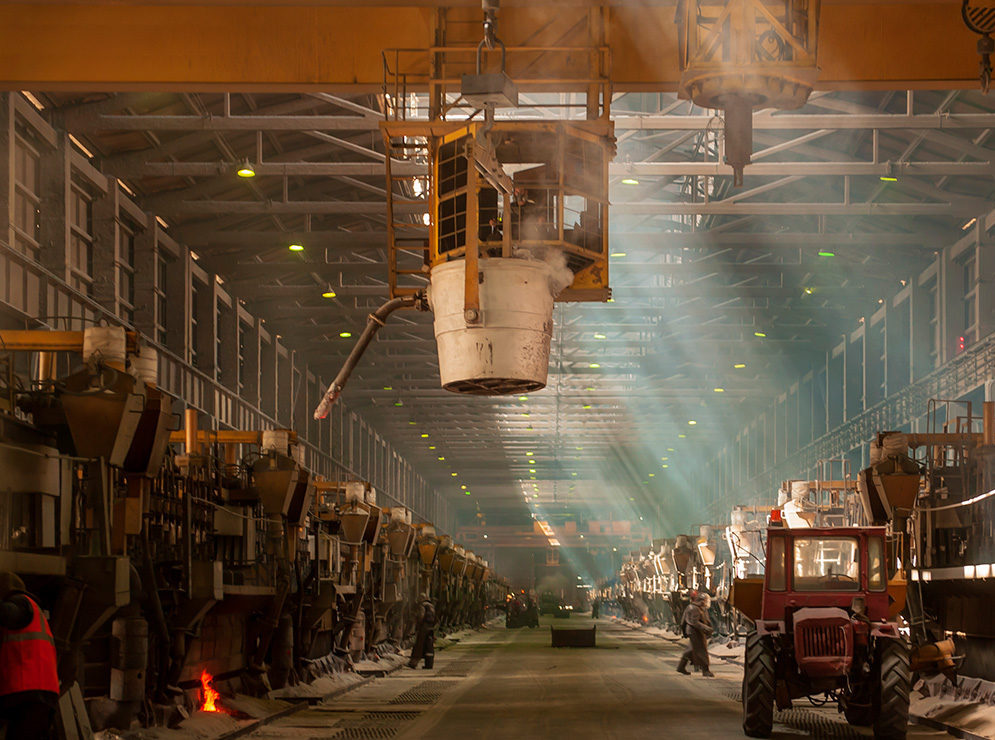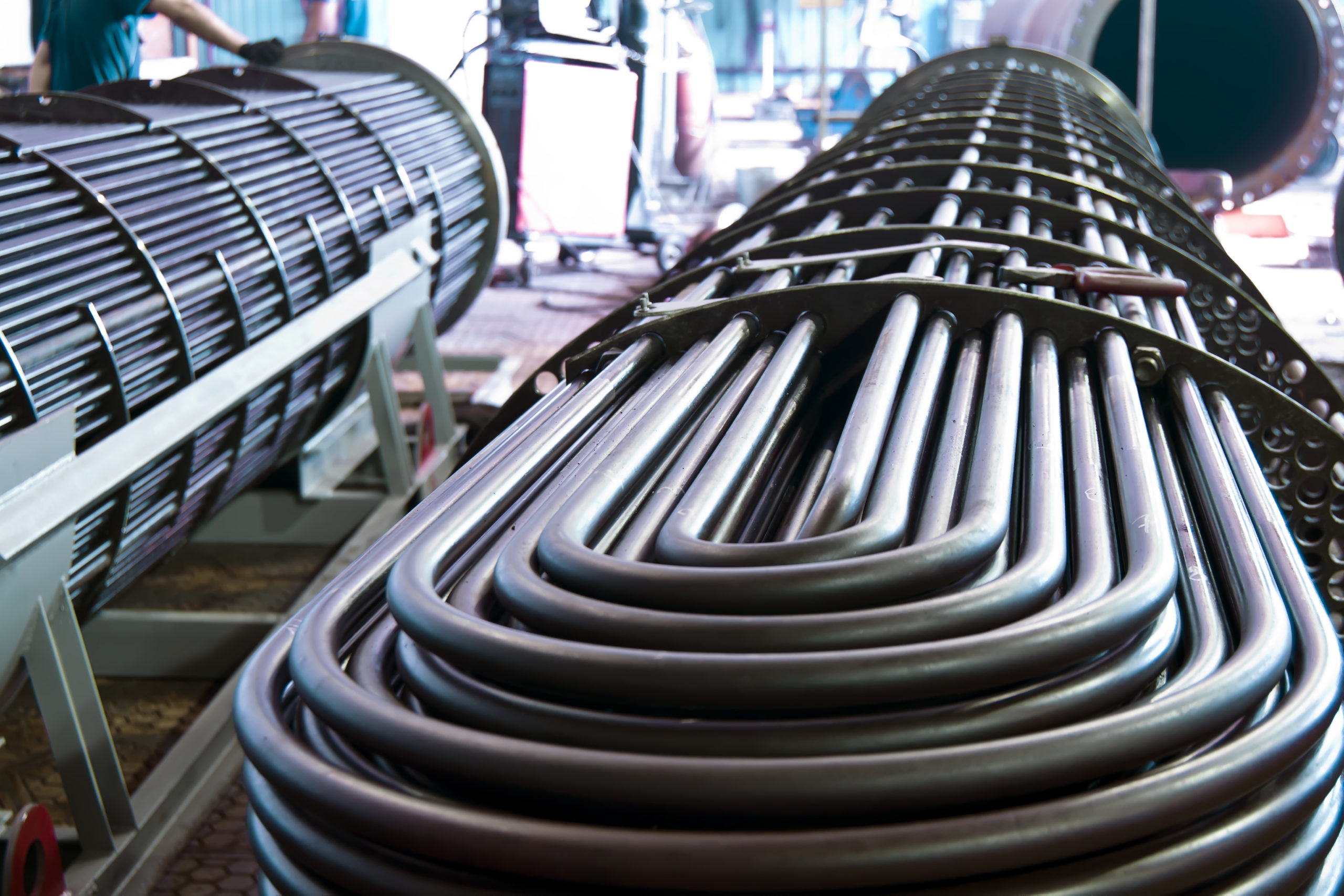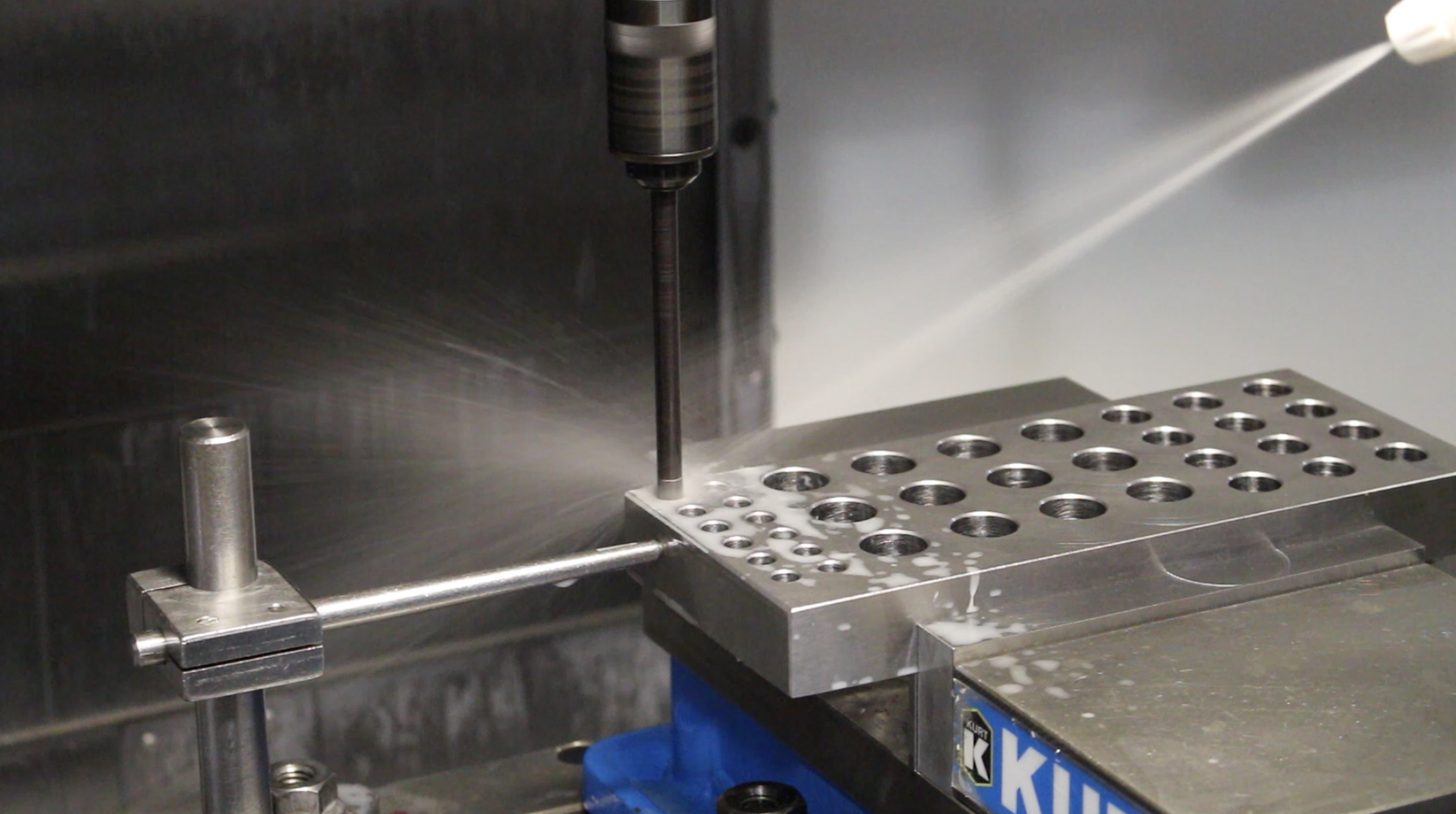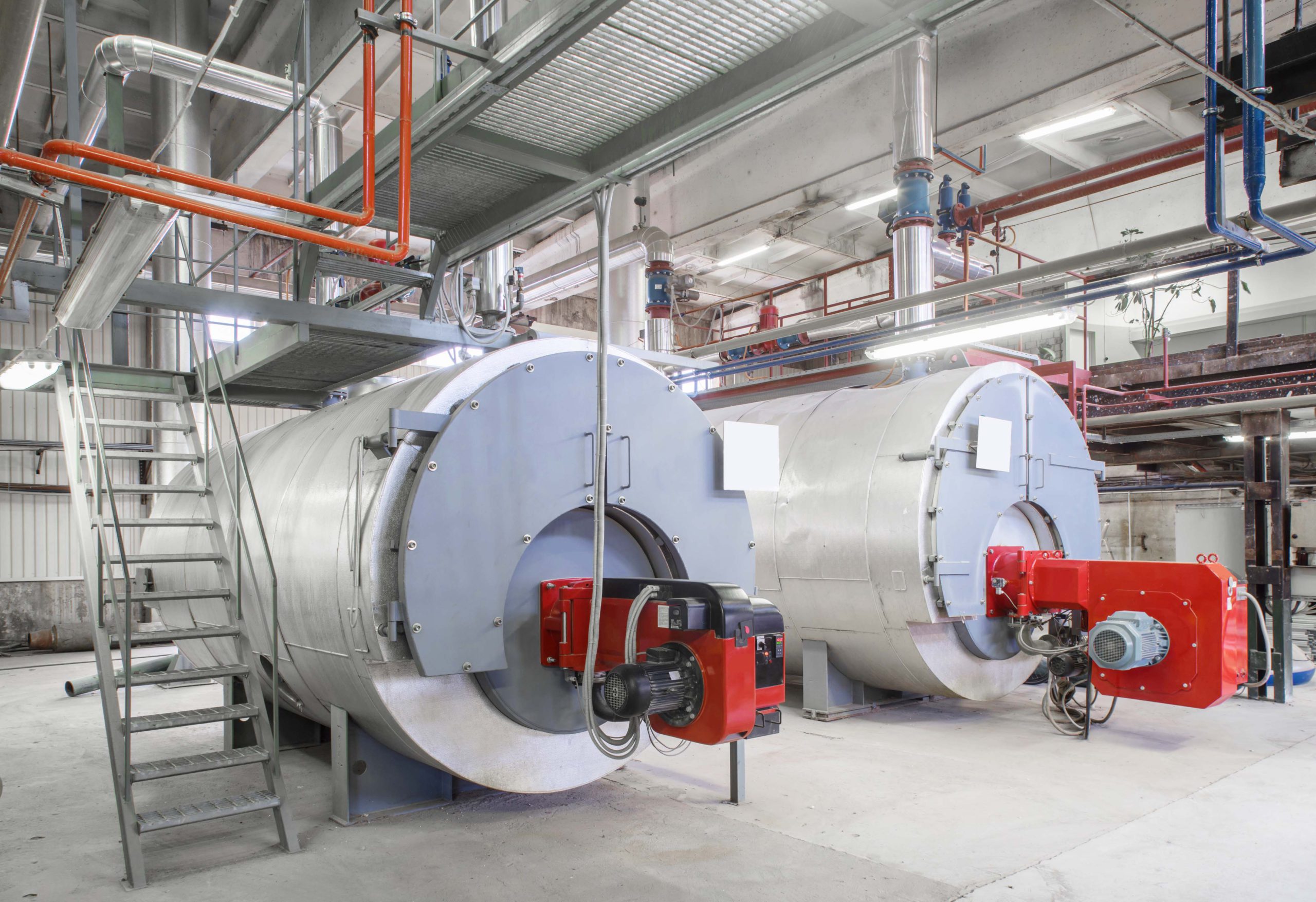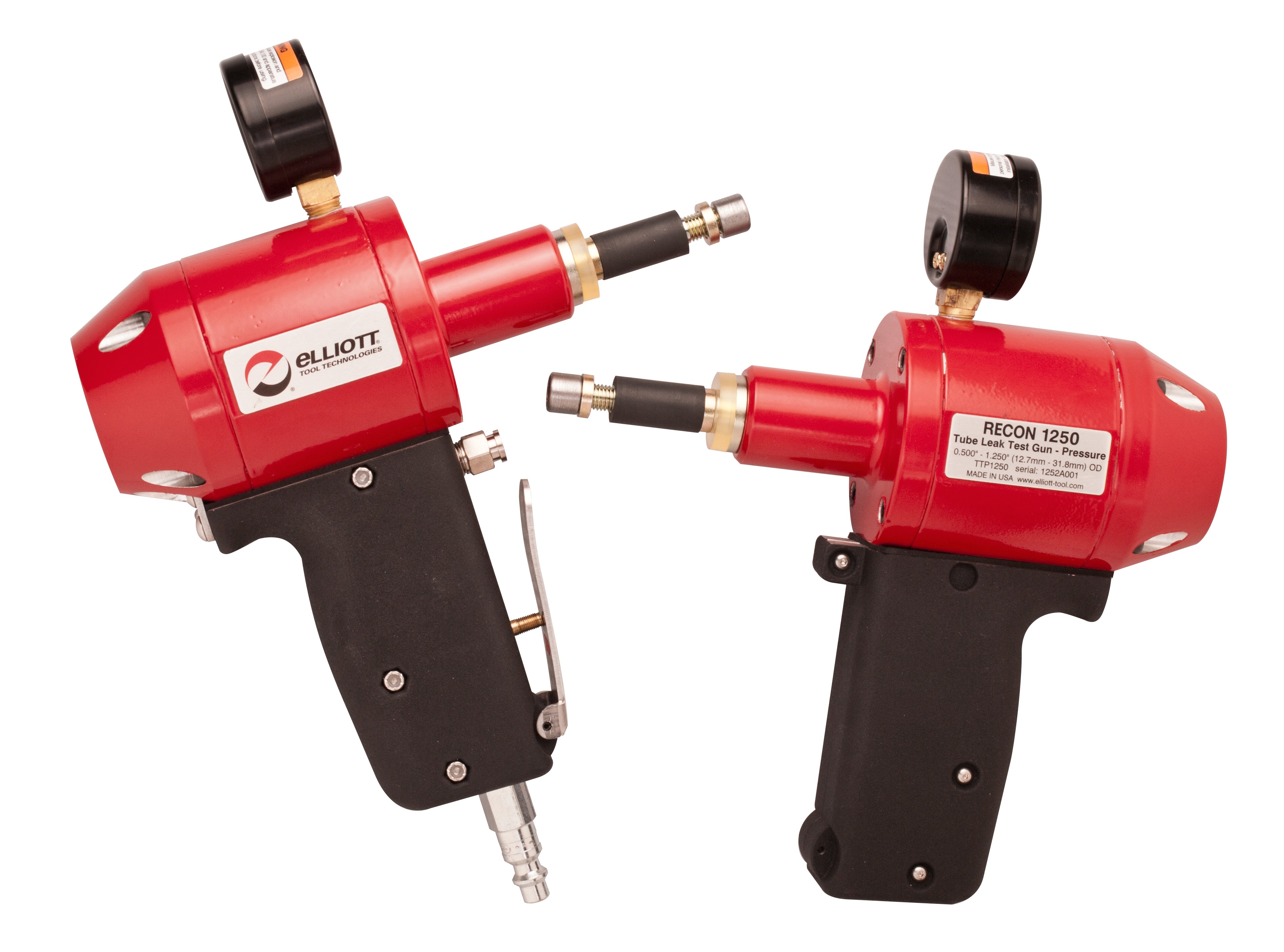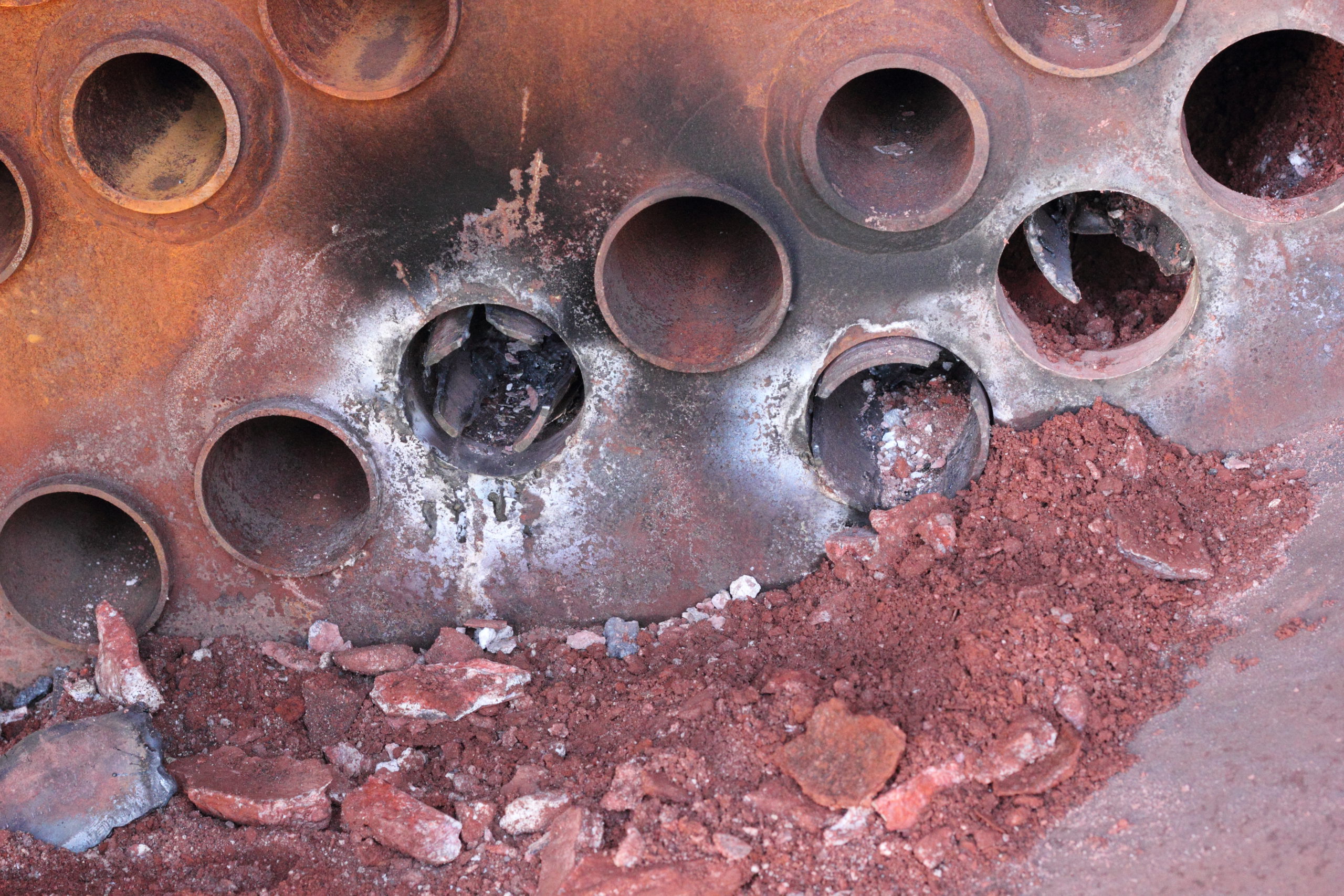Sustainable Manufacturing: Reducing Scrap and Energy Use With Burnishing
Taceana Zelaya2025-12-15T14:55:51-05:00Burnishing stands out as a highly effective finishing method offering significant advantages over traditional abrasive techniques like grinding, honing, and polishing, particularly when focusing on reducing scrap and energy use. This cold-working process utilizes mechanical pressure to displace and smooth a surface, leading to a more efficient, consistent, and sustainable manufacturing operation.


